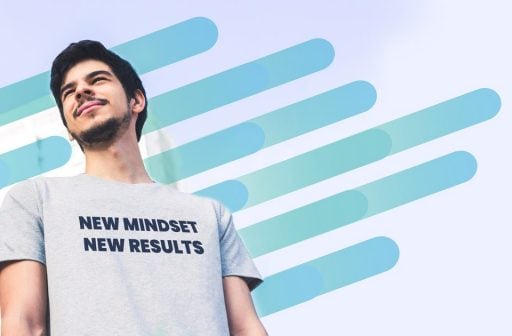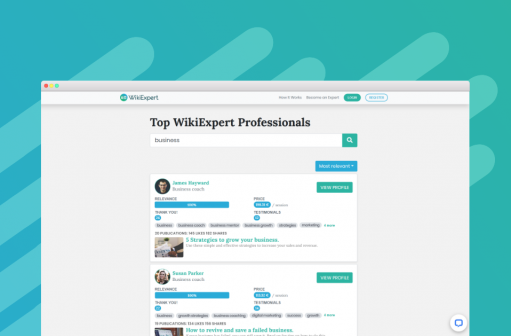Jan 15, 2020 in Business Coaching
Moving From a Problem Mindset to a Solution Mindset
A quick and simple technique to develop a solution mindset
It's your turn now! Let's support each other by clicking "Helpful".
+1

DISCUSS #Relationship
DISCUSS #Parenting
The questions you ask yourself determine the answers you get!
Imagine that you type into a computer the sentence “I don’t want this sentence to appear on the screen of this computer.” Will that sentence appear on the screen? Of course it will because your computer has to work with the information you give it.
Well guess what, your brain works in exactly the same way!
It is compelled to answer any question you ask it.
Here is a short exercise that I teach to all my NLP coaching clients, to help move them quickly from a problem mindset to a solution mindset.
Sit down with a pen and a piece of paper.
Choose a problem you have that you have not yet resolved.
Ask yourself the question “Why is this a problem?”
Now write down at least five reasons as to why this is a problem.
If you get stuck keep asking yourself "and what else?"
Now thinking about the same situation, this time instead of asking "why is this a problem?" change your question question to “What has to happen for this situation to be resolved?”
Now write down at least seven ways this situation can be resolved. It does not matter how trivial these options are.
Again if you get stuck, keep asking "and what else?" One of your solutions could be you don't have to do anything, be creative and come up with as many things as you can.
Am I correct in sating you now have more possible solutions than reason as to why this is a problem.
Only two things changed:
1. Instead of referring to soemthing as a problem, you linguistically changed "problem to situation' This small change is enough for your brain to begin searching for choices because you have a different feelings about a situation compared to a problem.
2. By asking "What has to happen?" rather that "What do you have to do?" The responsibility for solving this problem can be with other people and not just you. This opens up the brain to search for all possible outcomes because it no longer feels like your responsibility.
The aim of this exercise to help your brain come up with choices because the more choices you create the less likely you are to remain stuck in the problem.







 Thank you for your help!
Thank you for your help!